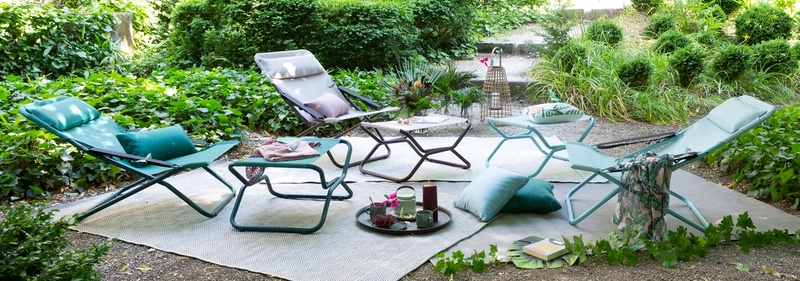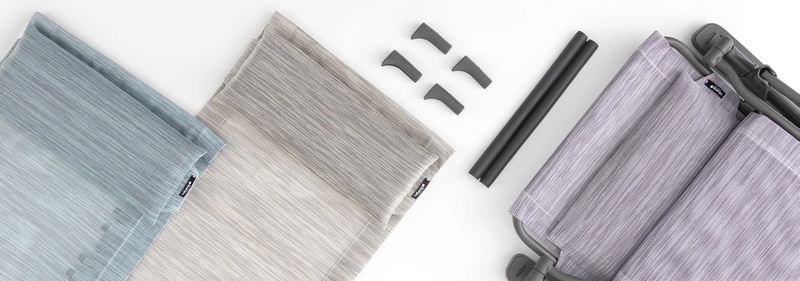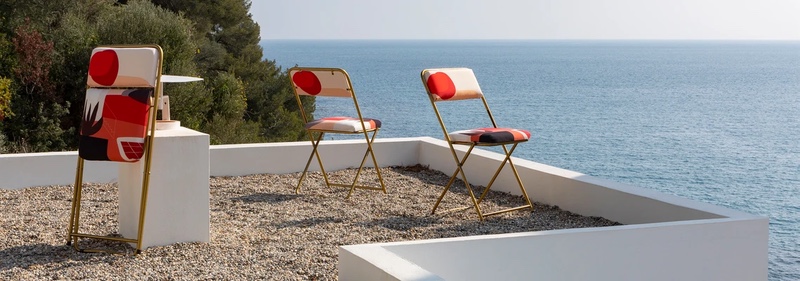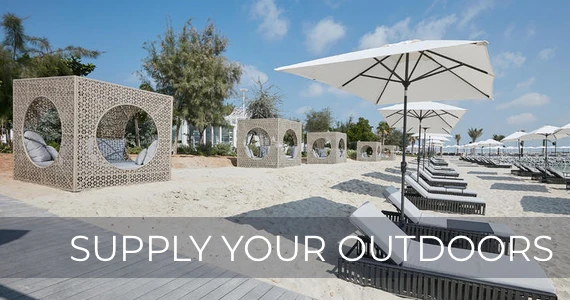
In more than 20 years working on hotel and restaurants projects on the 5 continents, SIMEXA experts have often been confronted with the question of the lifespan of outdoor furniture and the availability of solutions for recycling outdoor furniture. Faced with the climate and environmental emergency that today concerns the entire planet, it is essential to ask the question of the sustainability of outdoor furniture. Our experts offer a two-point approach: Recycle or extend the life of outdoor furniture.
Many of today’s hotels, beach clubs or restaurant owners make the choice of a sustainable approach to outdoor furniture and property management in general. They try to make the most of what they already have, cut down on waste and look for ways to avoid damaging the environment with garbage and toxic waste. For most of them, the question of knowing how to discard outdoor furniture properly can be a complex and deceiving process.
Recycling isn’t always available everywhere, especially for special pieces of outdoor furniture, like daybeds, outdoor sofas, living sets and most large items end up in landfills.
There are several different solutions to consider when trying to adopt a zero-waste approach for your hotel or restaurant. These include using recyclable products.

Some materials may be a better choice than others. Natural wood and metal components typically follow a more sustainable manufacturing process, producing less toxic pollution and waste than plastic or synthetic fiber products. A decision to choose sets, tables, beach furniture or dining sets with these materials allows eco-friendly option for future recycling solutions.
Another strategy would be to purchase outdoor furniture made of recycled plastic materials, used for structural elements, decks or cushions fillings.
National recycling programs dispose of glass, paper and plastic, but many just don’t accept large pieces of furniture. Your waste management or environmental protection agency or your local recycling center should be able to advise you on furniture materials or parts that can be recycled.
Always look for eco-friendly furnishings in the future. Consider aluminum or raw wood outdoor furniture. Many recycling centers easily break these materials down and repurpose them.
If recycling is not an option for your old outdoor furniture, why not try to up-cycle damaged or time-worn pieces? Special paints, light sanding treatments or cushion fabric replacement could make miracles and turn a tired outdoor living set into a brand new and trendy version, a very cost-efficient solution to avoid waste and save money. A fresh coat of a new color can offer new life to your favorite furniture, a budget-friendly option when your outdoor furniture setup needs a refresh. As we explained in a previous post, don’t hesitate to change cushions’ fabrics to match refurbished items with new decor.
For large places like hotels or restaurants, many outdoor furniture companies offer a maintenance contract with their products, a good guarantee if you want to extend the average lifetime of your outdoor furniture pieces. Once a year, a team of experts will service and treat your furniture’s frames and cushions and give them a perfect refresh to stand the test of time.

By combining folding frames from the seats of the LAFUMA Bronze-Or collection from the 50s to the 70s, Nationale 7 offers unique chairs, imbued with the patina and aura of time past. The LAFUMA MOBILIER workshops give them a second life: recycling waste, reducing energy consumption, optimizing materials and resources, local textile manufacturing. No more disposable materials, devoid of meaning and history, NATIONALE 7 recreates chairs that are durable, unique and still as comfortable as ever.

Taking good care of your furniture is obviously a wise take on sustainability. Read our previous posts about outdoor furniture maintenance:
Anyway, the best decision when buying new outdoor furniture is to verify the product average lifespan: Quality products made of raw materials are always the best take on sustainability.








